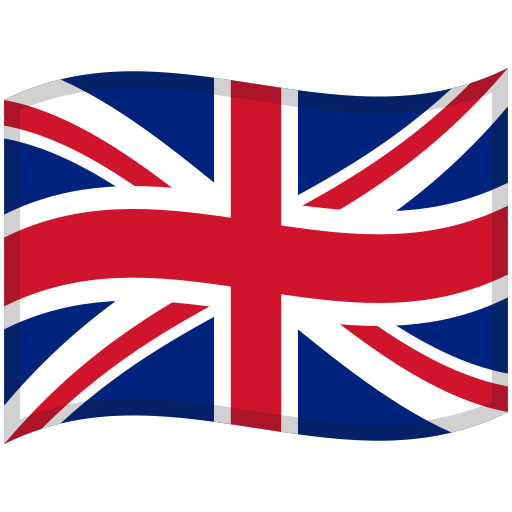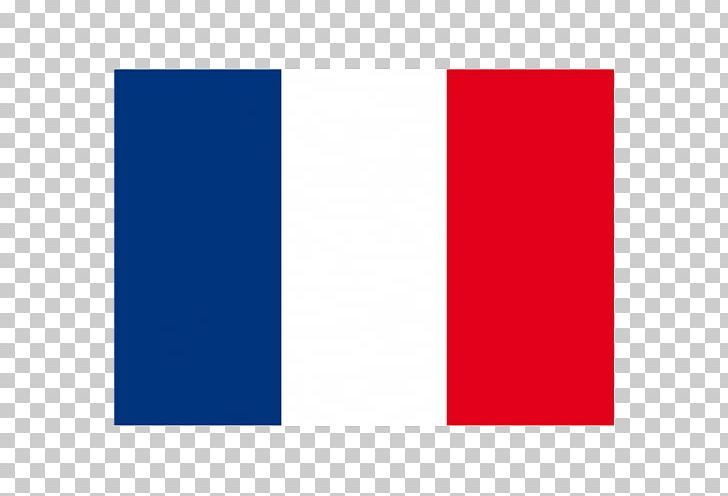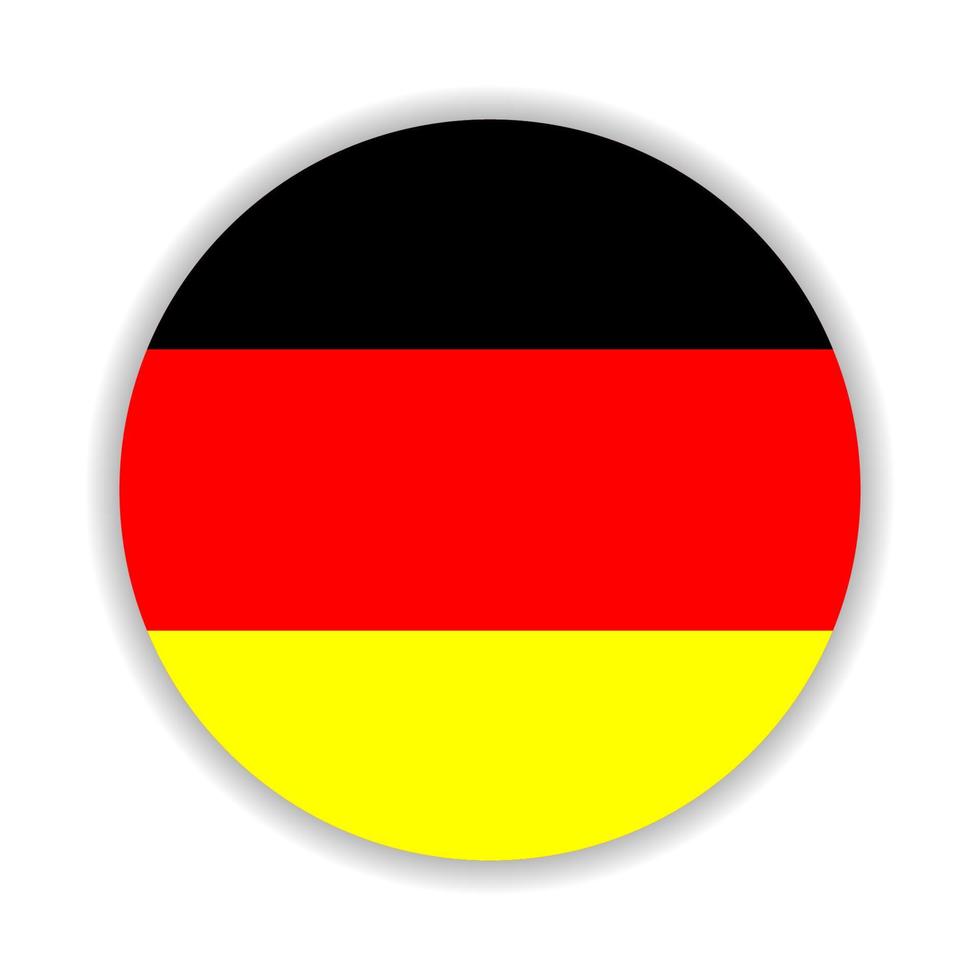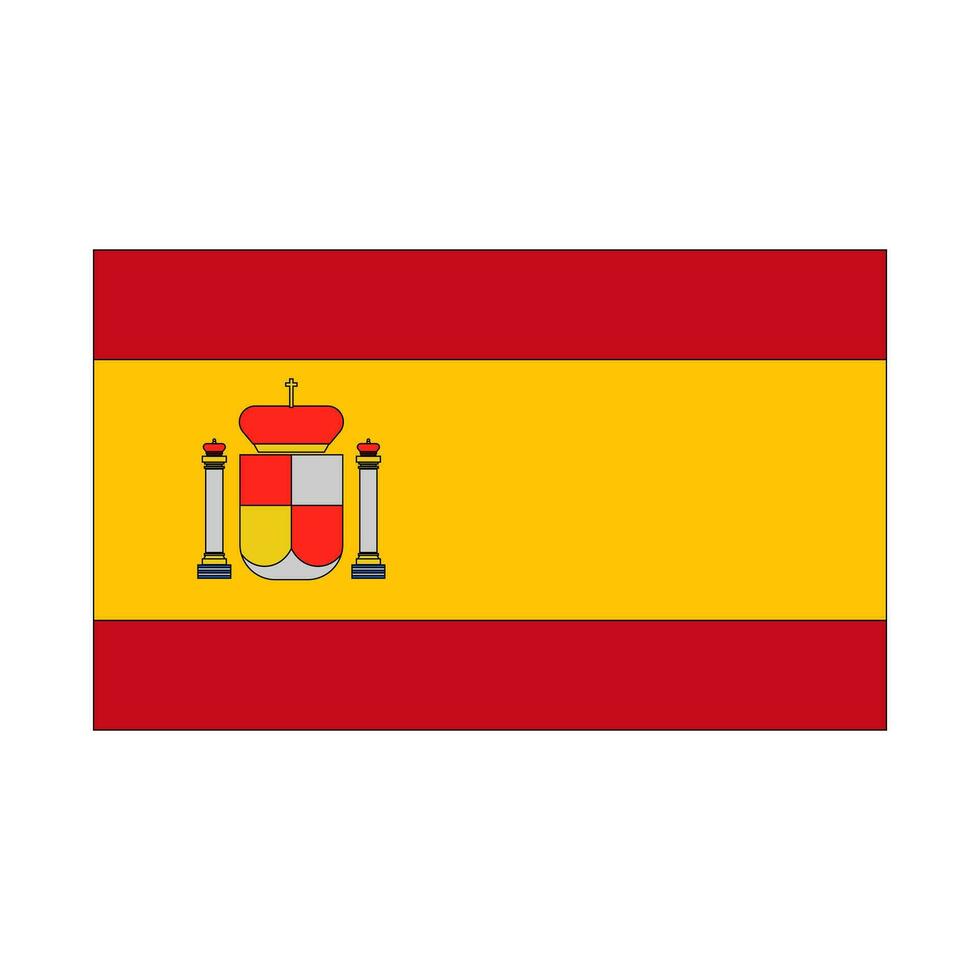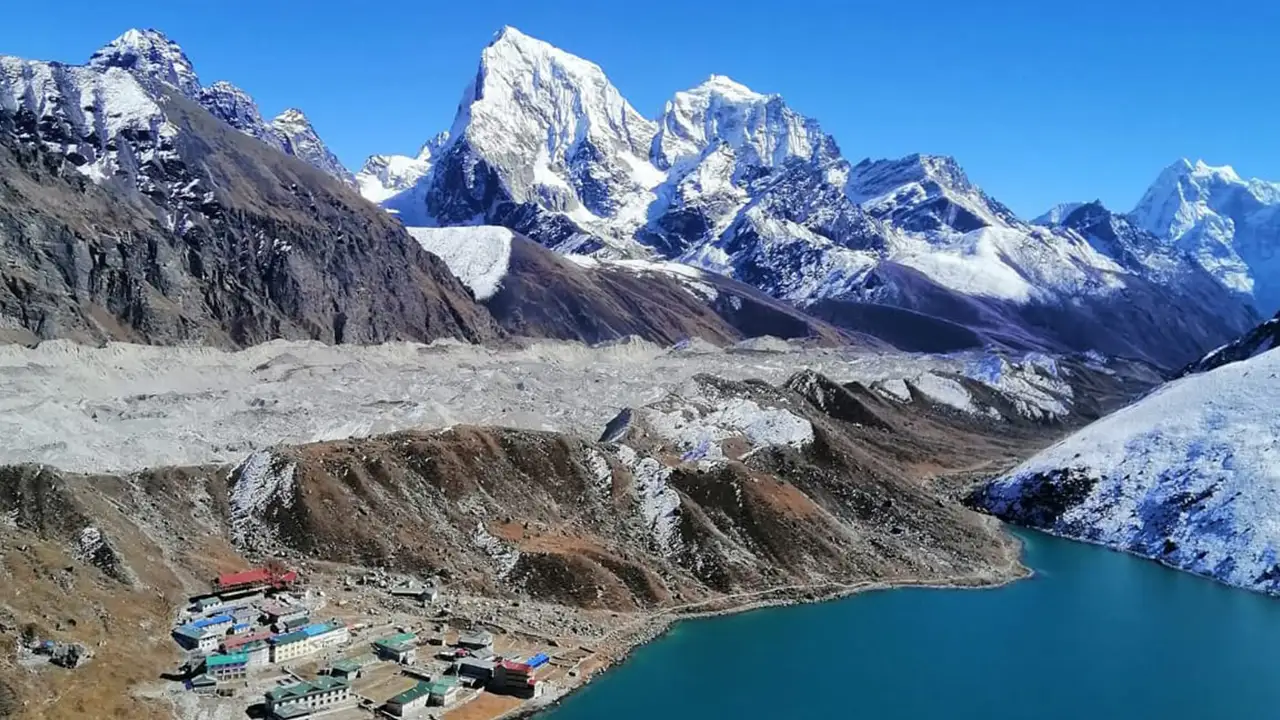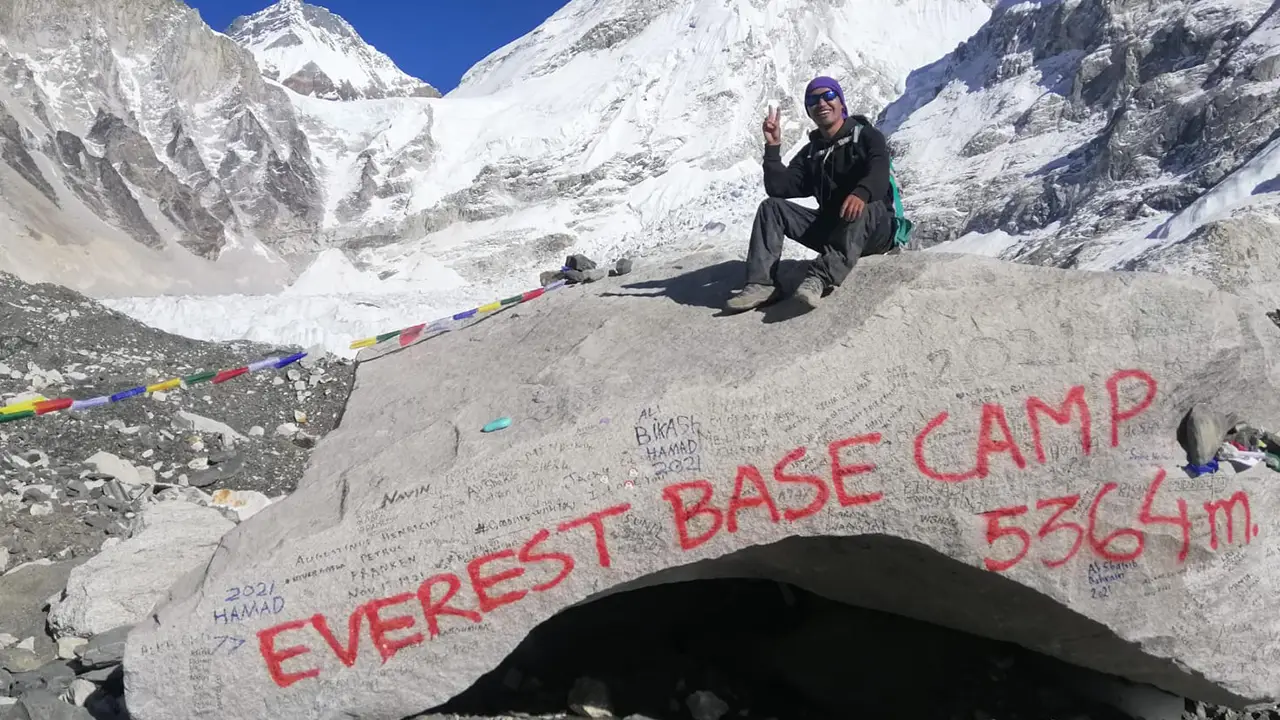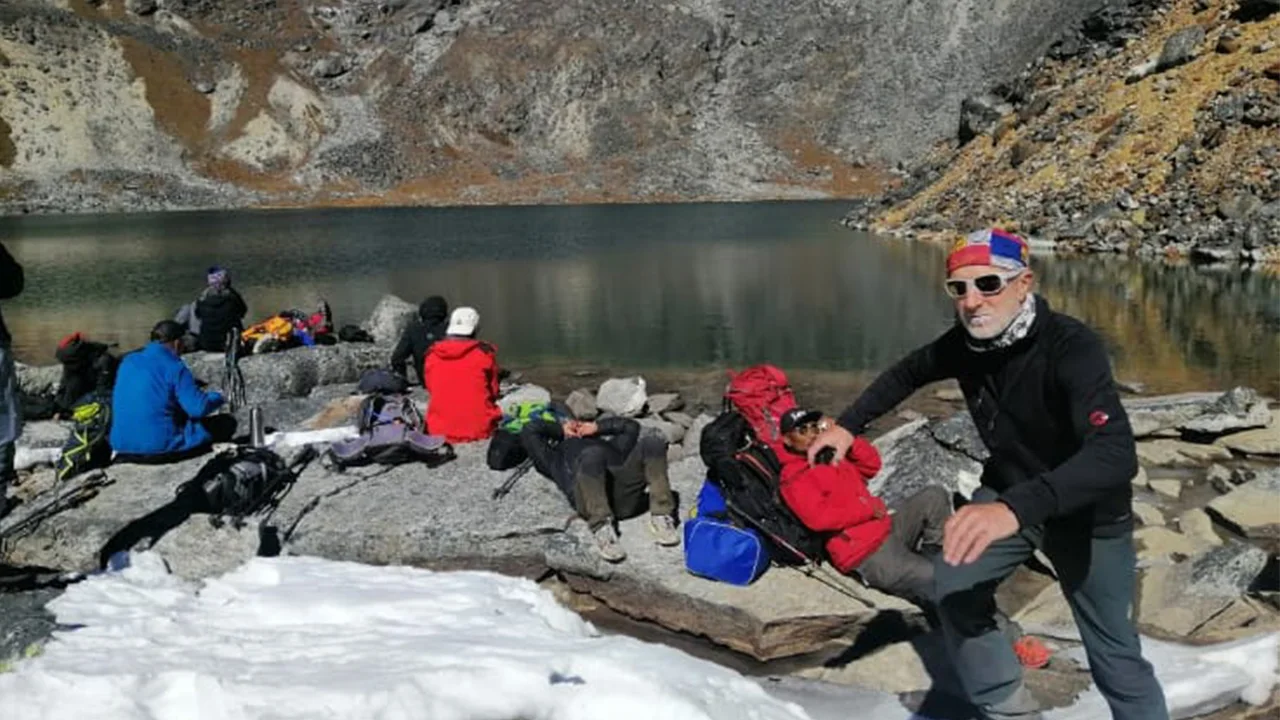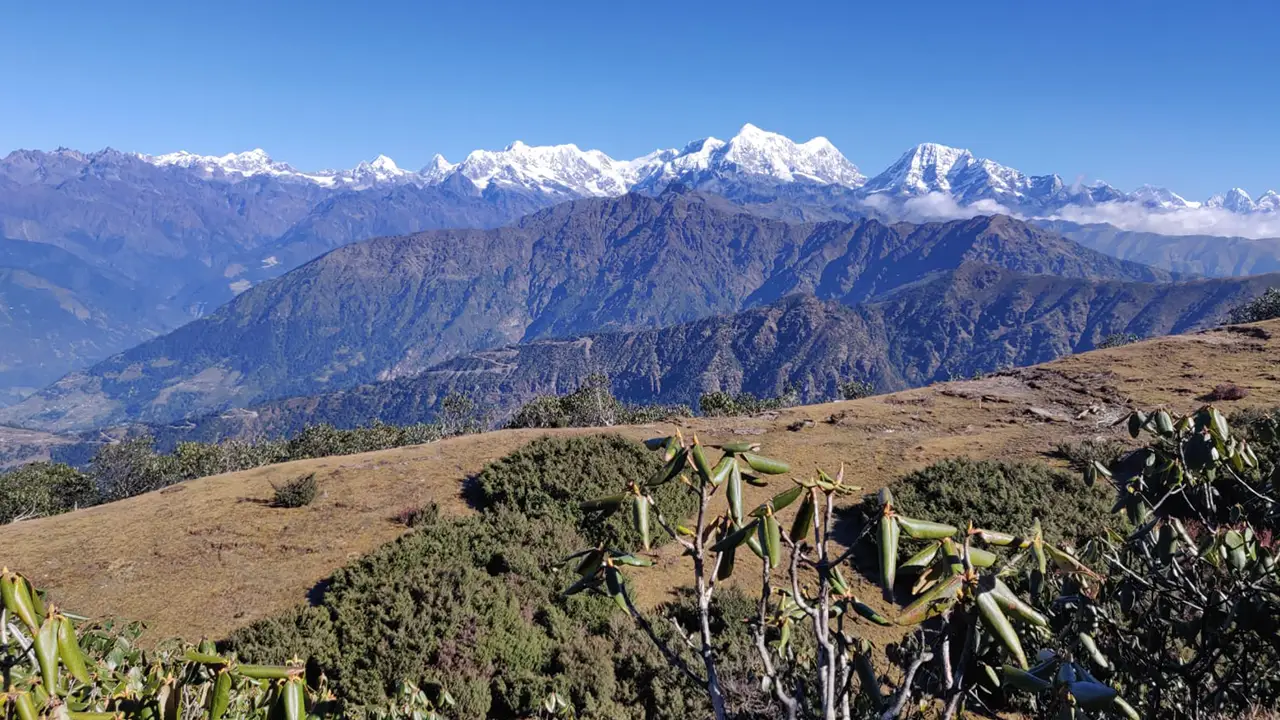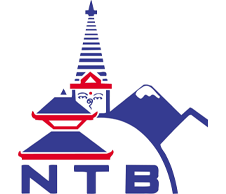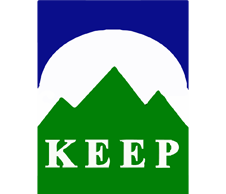Equipment Checklist During the Gokyo Valley Trek
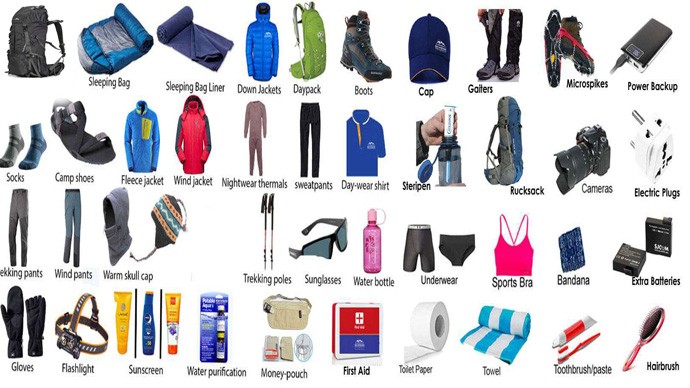
Trekking in Nepal demands preparation for diverse terrains and unpredictable weather. From warm sunny days to freezing nights, you’ll experience it all. Here’s a category-wise breakdown of everything a trekker should bring:
1. Clothing and Layering System
Layering is key for staying warm, dry, and comfortable. The classic system includes base layers, mid-layers, and outer layers.
Base Layers (Inner Layers)
-
Moisture-wicking T-shirts (2–3 pairs, synthetic or merino wool)
-
Thermal tops and bottoms (1–2 sets, light or midweight)
-
Sports bras (for female trekkers)
-
Quick-dry trekking underwear (3–5 pairs)
Mid Layers (Insulating)
-
Fleece jacket or pullover (1–2)
-
Lightweight down or synthetic insulated jacket
-
Softshell jacket (optional for added warmth)
Outer Layers (Protection)
-
Waterproof and windproof shell jacket (Gore-Tex or similar)
-
Waterproof trekking pants
-
Light windbreaker (optional but useful for lower altitudes)
Trekking Pants and Shorts
-
Convertible trekking pants (2 pairs)
-
Lightweight hiking shorts (1 pair)
-
Thermal trekking tights (for cold days)
Headwear and Handwear
-
Sun hat or cap
-
Beanie or wool hat (for high-altitude cold)
-
Neck gaiter or buff (useful against wind and dust)
-
Lightweight gloves
-
Insulated waterproof gloves (for colder sections)
2. Footwear
Your feet are your best friends in the Himalayas. Good-quality trekking shoes can make or break your trek.
Trekking Footwear
-
High-ankle waterproof trekking boots (well broken-in)
-
Lightweight camp shoes or sandals (for evenings and tea houses)
-
Warm socks (2 pairs of wool or synthetic blend)
-
Liner socks (2 pairs, to prevent blisters)
-
Gaiters (optional, for snow or dusty trails)
3. Backpacks and Bags
Main Backpack
Daypack
Duffel Bag (Optional)
Dry Bags & Organizers
4. Sleeping Gear
Even though tea houses provide basic bedding, extra insulation ensures comfort.
-
4-season sleeping bag (rated to -10°C to -20°C)
-
Sleeping bag liner (optional but adds warmth)
-
Inflatable pillow or small travel pillow
-
Lightweight sleeping mat (if camping trek)
5. Eating and Drinking Essentials
Hydration and hygiene are vital for high-altitude trekking.
-
Reusable water bottles (2 x 1L capacity)
-
Hydration bladder (CamelBak style, optional)
-
Water purification tablets or filter (Aquamira, Lifestraw, or Steripen)
-
Mug/cup (for tea/coffee)
-
Spoon, fork, or spork
-
Energy bars, trail mix, or chocolates (snack reserves)
6. Personal Hygiene and Toiletries
Keep it light and eco-friendly—avoid disposable plastics when possible.
-
Biodegradable soap or body wash
-
Toothbrush and toothpaste
-
Small quick-dry towel
-
Wet wipes / baby wipes
-
Hand sanitizer
-
Toilet paper (carry spare rolls)
-
Lip balm with SPF
-
Sunscreen (SPF 50+)
-
Moisturizer (for face and hands)
-
Deodorant
-
Razor and small mirror
-
Feminine hygiene products (for female trekkers)
-
Nail cutter and small comb
7. Health and First Aid Kit
Always carry a personal medical kit, even if trekking with a guide.
Essential Medicines
-
Diamox (for altitude sickness prevention)
-
Paracetamol / Ibuprofen (pain relief)
-
Anti-diarrheal tablets (Imodium)
-
Oral rehydration salts (ORS)
-
Antiseptic cream
-
Band-aids, moleskin, and blister plasters
-
Gauze, medical tape, and scissors
-
Water purification tablets
-
Cough drops / lozenges
-
Personal prescription medicines
-
Mosquito repellent (for lower altitudes)
8. Trekking Equipment & Accessories
-
Trekking poles (lightweight, adjustable)
-
Headlamp with extra batteries
-
Sunglasses (UV-protected, polarized)
-
Power bank (10,000 mAh or higher)
-
Camera or GoPro (optional)
-
Extra memory cards
-
Binoculars (optional for wildlife spotting)
-
Multi-tool or small knife
-
Duct tape (for emergency repairs)
-
Lighter or waterproof matches
-
Notebook and pen
-
Small padlock (for your duffel or room)
-
Travel adapter (Type C/D for Nepal)
-
Portable charger/solar panel (useful for long treks)
9. Camping Gear (for camping treks)
(Optional – if your trek is not teahouse-based)
-
Tent (4-season or 3-season, depending on route)
-
Sleeping mat or foam pad
-
Camping stove and fuel
-
Lightweight cooking pot
-
Matches/lighter and fire starter
-
Reusable cutlery and utensils
10. Important Documents and Money
-
Valid passport (with Nepali visa)
-
Passport-size photos (for permits)
-
Trekking permits (TIMS, Sagarmatha/Annapurna Conservation Permits)
-
Travel insurance (covering high-altitude evacuation)
-
Copies of passport and insurance
-
Cash in Nepali rupees (ATMs are unreliable in mountain regions)
-
Credit/debit cards (for Kathmandu or Pokhara)
-
Emergency contact information
-
Flight tickets and itinerary
11. Optional Comfort Items
-
Reading book or Kindle
-
Playing cards or small games
-
Lightweight scarf or shawl
-
Small Bluetooth speaker
-
Snacks from home (protein bars, instant coffee)
-
Massage ball or roller for sore muscles
12. Packing Tips for Nepal Trekking
-
Pack light but smart – Porters usually carry up to 15–20 kg.
-
Use waterproof bags – Protect valuables from rain or snow.
-
Label your items – Especially useful if you have porters.
-
Avoid cotton – It retains moisture; use synthetic or wool materials instead.
-
Test your gear before departure – Don’t bring brand-new boots or backpacks you haven’t used.
Trekking Insurance for Gokyo Valley Trek
Trekking in Nepal is an adventure of a lifetime, but it also comes with risks — from sudden altitude sickness to unpredictable weather or even flight cancellations. That’s why travel insurance is not just recommended — it’s absolutely essential for all trekkers.
Why You Need Trekking Insurance
Nepal’s trekking trails often reach remote and high-altitude regions like Everest Base Camp, Annapurna Circuit, or Manaslu, where medical facilities are limited. In emergencies, helicopter evacuation may be the only way to get help — and it can cost anywhere between USD 3,000 to USD 7,000 depending on the rescue location.
Having the right insurance ensures that:
-
You receive immediate medical evacuation in case of serious altitude sickness or injury.
-
Your hospital treatment and medicines are covered.
-
You are compensated for trip interruptions, delays, or lost luggage.
-
You have peace of mind throughout your journey.
What Your Insurance Should Cover
When purchasing trekking insurance, make sure it includes the following:
1. High-Altitude Coverage
-
Your policy must clearly cover trekking above 5,000 meters (e.g., Everest Base Camp is 5,364m, Island Peak is 6,189m).
-
Some insurance plans exclude high-altitude activities, so always double-check before buying.
2. Emergency Medical Evacuation
-
Helicopter rescue and air evacuation should be explicitly mentioned in your policy.
-
Look for coverage up to at least USD 100,000 for medical and evacuation purposes.
3. Trip Cancellation or Interruption
4. Lost or Delayed Luggage
5. Personal Liability
Recommended Insurance Providers for Trekkers
Some globally recognized companies known for high-altitude trekking coverage include:
-
World Nomads – Great for adventure travelers (covers high altitudes and helicopter evacuation).
-
Allianz Travel Insurance – Good for comprehensive trip protection.
-
Global Rescue – Excellent for rescue operations in remote areas.
-
True Traveller (for EU citizens) – Offers solid high-altitude coverage.
-
AXA Assistance – Reliable global provider for general and adventure travel.
(Note: Always verify coverage and terms according to your nationality and travel destination before purchasing.)
Documents You Should Keep
-
A printed and digital copy of your insurance policy.
-
Emergency contact number of your insurance provider.
-
Details of your policy number and coverage limits.
-
Keep these copies with your guide or trekking company, as it helps in case of an emergency.
Tips for Porter and Guides
Porters are truly the unsung heroes of Nepal’s trekking industry. They carry heavy loads through steep trails, help manage logistics, and ensure your journey to the Himalayas is as comfortable as possible. Without their hard work, many treks — including Everest Base Camp, Annapurna Circuit, and Manaslu — would be impossible for most travelers.
Because of their crucial role, it’s important to understand how much to tip porters, how wages work, and how to treat them fairly and respectfully throughout the journey.
1. Porter Wages and Working Conditions
Trekking porters in Nepal typically earn daily wages based on the region, trek length, and company policy.
Here’s a general overview:
| Region |
Average Daily Wage (in NPR) |
Equivalent in USD (approx.) |
| Everest / Annapurna |
NPR 2,000 – 3,000 per day |
USD 15 – 25 |
| Langtang / Manaslu / Mustang |
NPR 1,800 – 2,500 per day |
USD 14 – 20 |
| Short Treks (3–5 days) |
NPR 1,500 – 2,000 per day |
USD 12 – 15 |
Wages usually include food, accommodation, and insurance (if you’re trekking with a registered company).
Wages do not include personal equipment — so make sure your trekking agency ensures your porters are properly equipped with warm jackets, boots, and gloves.
2. How Much to Tip Porters (and Guides)
Tipping in Nepal is customary and expected — not mandatory, but it’s a meaningful way to show gratitude for their hard work in often challenging conditions.
Recommended Tipping Range
Here’s a practical guideline for trekkers joining organized treks with guides and porters:
| Trekking Staff |
Recommended Tip per Day (per Trekker) |
Example (12-Day Trek) |
| Porter |
USD 5 – 10 per day |
USD 60 – 120 total |
| Assistant Guide |
USD 8 – 12 per day |
USD 100 – 150 total |
| Main Guide |
USD 10 – 15 per day |
USD 120 – 180 total |
Example:
If you’re on a 12-day Everest Base Camp Trek with 1 guide and 1 porter, tipping around USD 100–120 for the guide and USD 60–80 for the porter is considered fair and respectful.
Group Tipping Option
If you’re trekking in a group, it’s best to collect all tips together and present them as a group gesture at the end of the trek.
This ensures fairness and avoids confusion about who gets what.
Tip etiquette: Always hand over tips at the end of the trek — in a private and respectful way, preferably inside an envelope. Avoid giving money in public to prevent comparison or misunderstanding among staff.
3. Ethical Guidelines for Trekkers Regarding Porters
Tipping is just one part of ethical trekking. Responsible trekkers also ensure their porters are treated with respect, safety, and dignity.
Treat Porters Fairly
-
Respect their limits: A porter should carry a maximum of 20–25 kg (including personal items).
-
If your baggage exceeds this, consider hiring an extra porter instead of overloading one.
-
Don’t make them rush or walk far ahead — pace should match the group.
Provide Proper Gear
Always make sure your trekking company:
-
Supplies porters with warm clothes, gloves, waterproof jackets, boots, and sunglasses.
-
Provides accommodation, meals, and insurance for them throughout the trek.
-
Ensures safe sleeping arrangements (especially during cold nights in high-altitude regions).
Look After Their Wellbeing
-
Check regularly if your porter is feeling well, especially above 3,000 meters.
-
If they show symptoms of altitude sickness (headache, nausea, fatigue), do not pressure them to continue — let them rest or descend.
-
Encourage guides to treat them as equals, not just staff.
4. When and How to Tip Porters
Timing and presentation matter — it’s about appreciation, not just money.
When to Tip
-
At the end of the trek, usually after the final dinner or farewell ceremony.
-
Avoid giving tips early in the trek; it’s better to do it once you’ve completed the journey together.
How to Tip
-
Place the tip in an envelope or small pouch for a more professional gesture.
-
Hand it personally with a smile, handshake, or a simple “Dhanyabad” (Thank you in Nepali).
-
If your porter doesn’t understand English, your guide can help translate your gratitude.
5. Other Ways to Appreciate Porters
Money isn’t the only way to show respect. Small acts of kindness often mean just as much:
-
Share tea or snacks during breaks.
-
Offer warm clothes or trekking gear you no longer need (jackets, gloves, socks, etc.).
-
Include them in group photos — they love being remembered as part of your journey.
-
Leave positive feedback mentioning your porter’s name on Google or TripAdvisor; it helps them get more jobs in the future.
6. Quick Summary: Porter Tipping and Ethics
| Aspect |
Recommendation |
| Daily Wages |
USD 15–25 depending on region |
| Tip Range |
USD 5–10 per day per trekker |
| Load Limit |
Max 20–25 kg per porter |
| When to Tip |
At trek completion, in private |
| Additional Gestures |
Share tea, donate used gear, give verbal appreciation |
| Respect & Care |
Ensure fair treatment, proper gear, and safety |
Final Note
Your porters play a huge part in making your trek safe, comfortable, and enjoyable. A fair tip, a kind word, or a small gesture of appreciation shows that you value their effort and humanity.
When you treat them well, you don’t just finish your trek — you build a meaningful connection with the mountain community that makes Nepal’s trekking culture so special.
